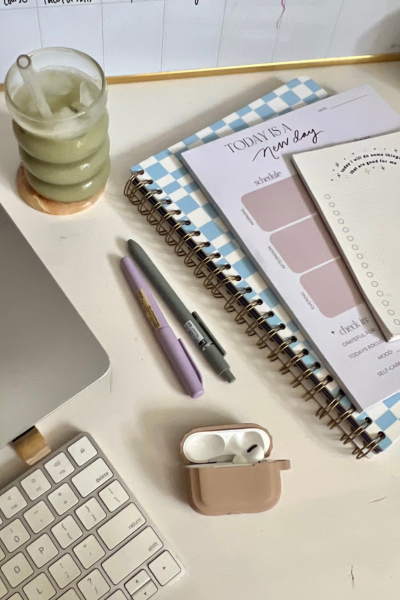
Are you wondering how to start a blog that makes money? Or, have you thought about it for a while but just aren’t sure how to set it up? I’m the exact directions for setting up a beautiful blog that will have you earning money quickly.
read the post

Learn how to create a blog content calendar to plan and organize your posts effectively. Boost productivity and stay consistent with these easy steps!
read the post

Everything you need to know about blog branding! From logo to voice, and build a cohesive brand identity that resonates with your audience.
read the post
WELCOME TO THE
Blog
Take a look around, whether you want to leisurely browse or take a deep dive, these blog posts are here to teach you the ins and outs of blogging.
How I Made Over $30,000+ Blogging In May 2020
Since starting my blog in September 2017, I have increased my income from $0 a month to making over $43,000 in ONE month while being a full-time student and having a social life. After semi-figuring out this blogging world and all it entails, I am here to tell you that ANYONE can start and be successful with a blog.
How to Start a Blog That Makes Money
In just four years, I have turned my blog into a business that earns me over seven-figures. Within the first year, I was earning over a thousand a month and you can too!
Ready to make money moves?
Remember that every great journey starts with the first step right?! I've been getting you excited to take the leap and I want to make it as easy as possible, so what is holding you back?
Buy the Courses
Our Fave Recs
Get on the List
Starting from the beginning, this course teaches everything you need to know about laying out your website to writing your first blog post. Plus, my SEO strategy that's SO good and SO easy to incorporate.
Let's get that business Pinterest account set up and I'll teach you the secret to incorporating SEO into pins and how I only spend one hour a week on Pinterest. Pinterest drives the most traffic to my site and it can be the top dog for you too!
Whether you're just starting your list or it's 100,000+ strong (like mine!), these are the exact strategies to create printables, opt-ins, sequences, and email automations that attract lifetime subscribers.
THE COURSES
Learn all my secrets about how I've used Instagram, YouTube, and TikTok to drive traffic to my blog, create a loyal community of obsessed followers, and skyrocket my revenue.






